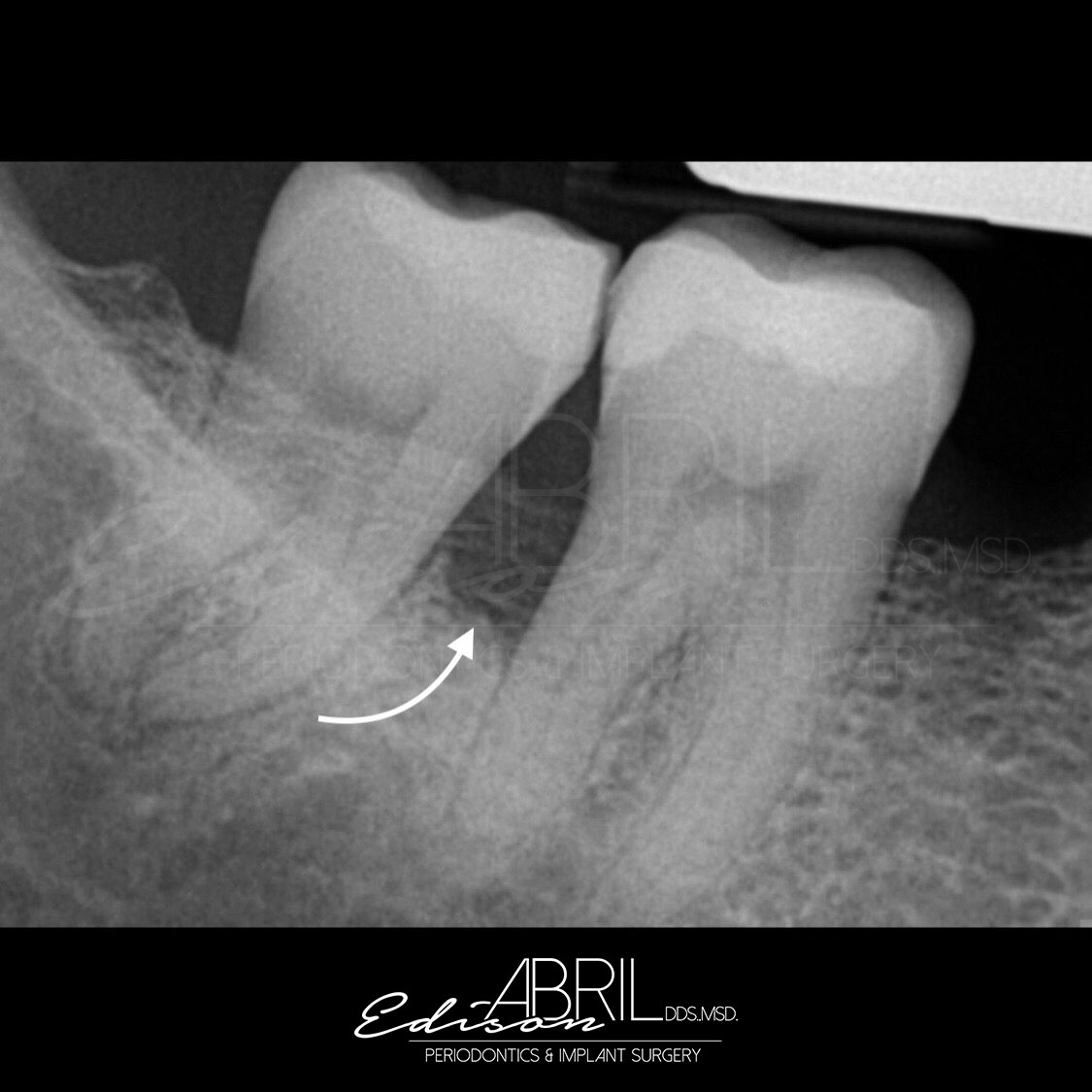Gum disease is also known as Periodontal disease. It is characterized by the chronic (persists over time) inflammation and infection of the supporting structures of the tooth causing gum irritation, bleeding gums, detachment of the gums form from the tooth, bad breath, bone loss and finally tooth loss. The good news is that treating gum disease in the early stages can help prevent tooth loss.
Are you experiencing one of the following symptoms?
- Gums that bleed during flossing or brushing.
- Irritated gums, red gums or gums with pus.
- Gums that are not firmly attached to your teeth.
- Persistent bad breath.
- Mobility on one or many teeth in your mouth.
- Bite changes or bite off or problems with an uneven bite.









